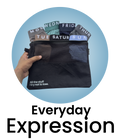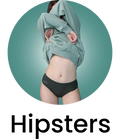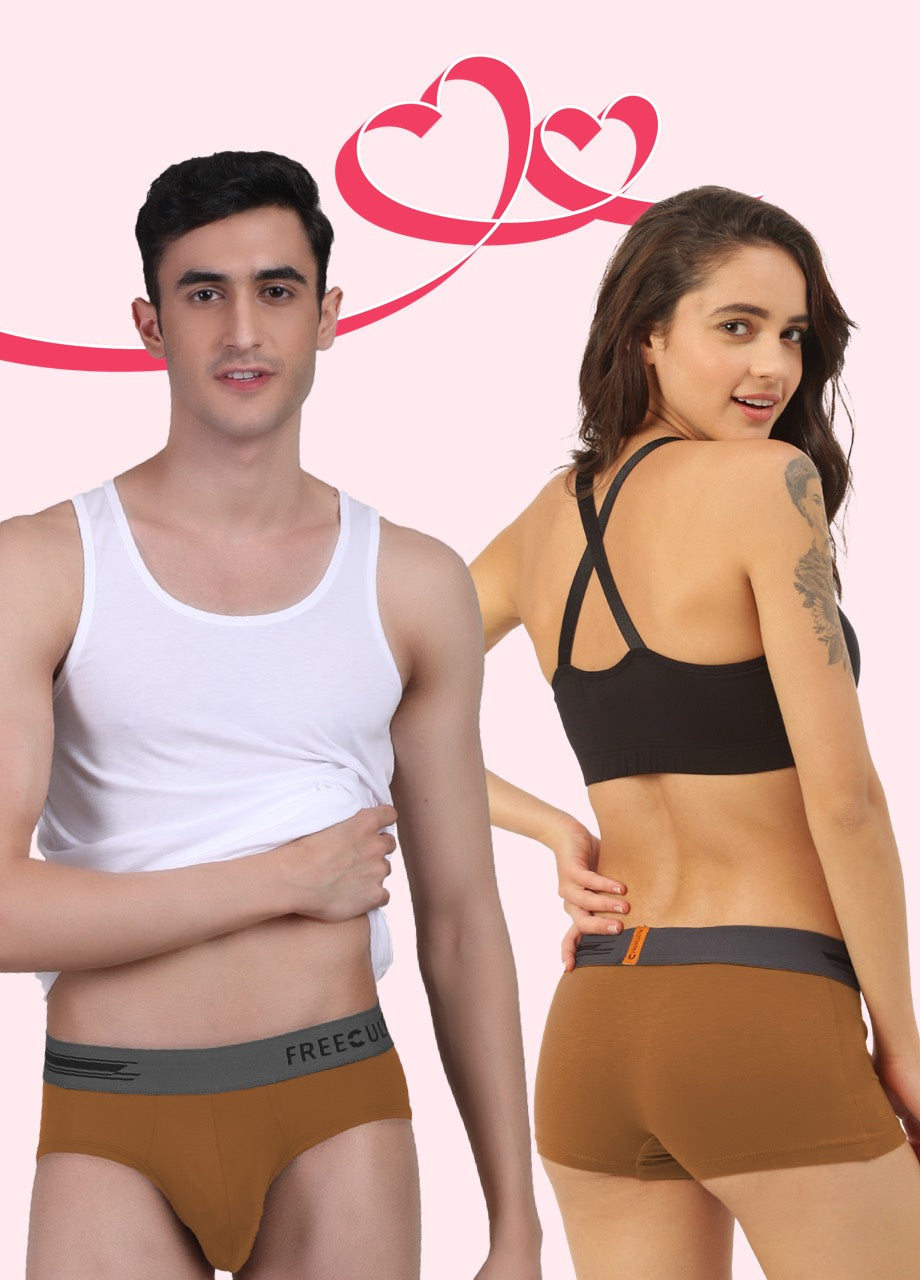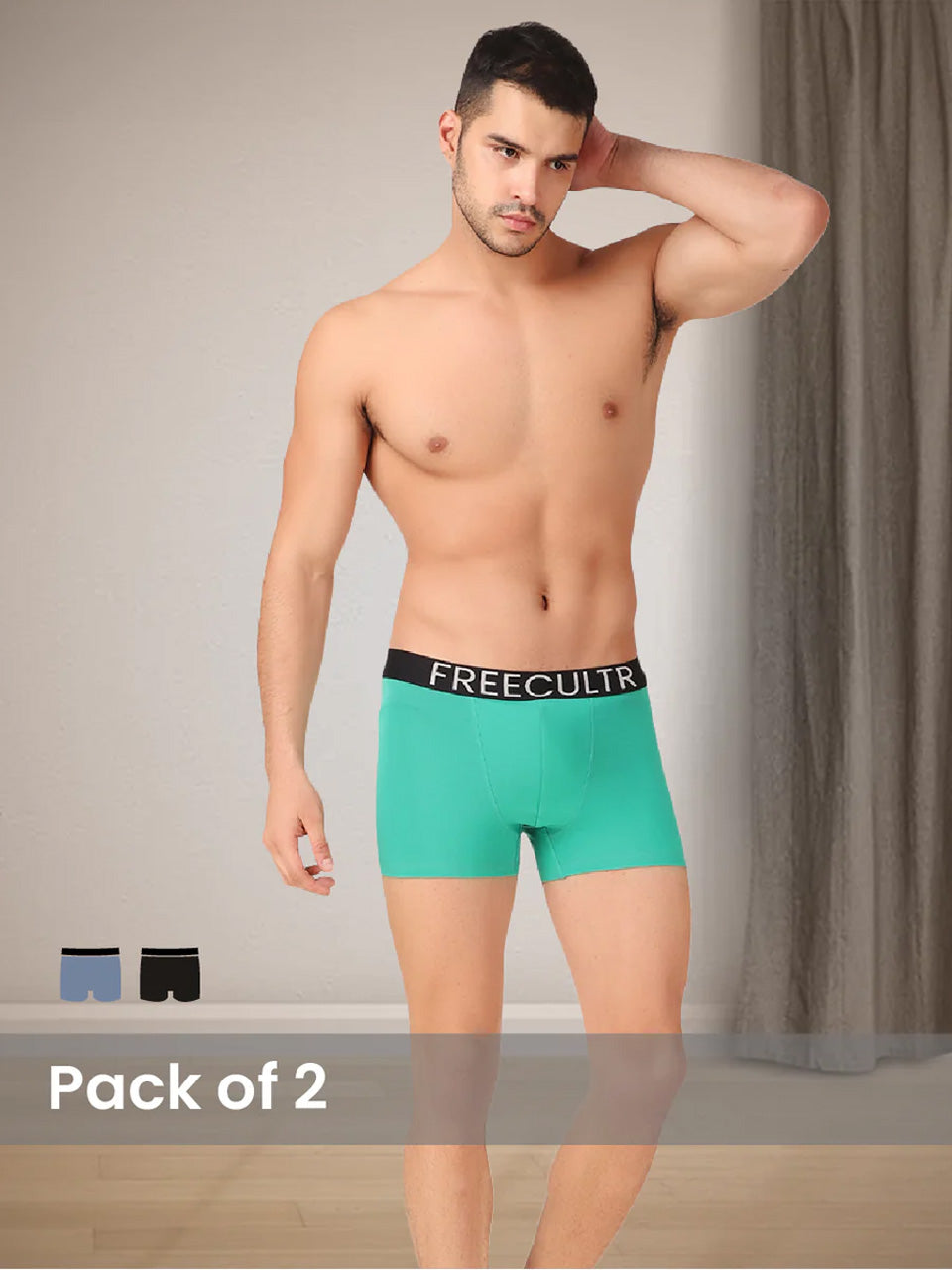The quest for the best tanktop fabrics transcends mere aesthetics, pivoting on ultimate breathability and lasting comfort crucial for daily wear and active pursuits. Modern textile science now offers innovative solutions far beyond basic cotton, with advancements in moisture-wicking microfibers, sustainable modal blends. bio-engineered Tencel, all designed to actively regulate body temperature and prevent chafing. Consumers increasingly demand fabrics that offer superior softness, exceptional durability. rapid drying capabilities, reflecting a shift towards performance-driven comfort. Leading brands are meticulously engineering these next-generation materials, demonstrating a commitment to redefining what truly reliable and supremely comfortable apparel feels like, setting a new benchmark for everyday essentials.

Why Your Tanktop Fabric is a Game-Changer for Comfort
Ever thrown on a tank top, expecting cool relief, only to feel sticky and uncomfortable within minutes? You're not alone! It's a common warm-weather woe. the secret to avoiding it lies squarely in one thing: the fabric. Choosing the right material for your tank top isn't just about aesthetics; it's about unlocking ultimate breathability, superior moisture management. a level of lasting comfort that transforms your entire day. Whether you're hitting the gym, chilling at the beach, or just navigating a scorching summer day, the Best tanktop fabrics can make all the difference between feeling fresh and feeling fatigued.
Think about it: your tank top is often the closest layer to your skin, making its interaction with your body's natural cooling system crucial. When a fabric performs well, it helps regulate your body temperature, wicks away sweat. feels soft against your skin. When it doesn't, well, that's when you start feeling the heat, literally!
Decoding the Essentials: What Makes a Tanktop Fabric Truly Great?
Before we dive into specific materials, let's break down the key characteristics that elevate a good tanktop fabric to a great one. Understanding these will empower you to make smarter choices for your wardrobe.
- Breathability This is paramount for any warm-weather garment. A breathable fabric allows air to circulate freely through its weave, preventing heat from getting trapped against your body. It's like a natural air conditioner, letting your skin breathe and keeping you cool.
- Moisture-Wicking Don't let sweat sit on your skin! Moisture-wicking fabrics are engineered to draw sweat away from your body's surface and move it to the fabric's outer layer, where it can evaporate quickly. This process keeps you dry, prevents chafing. helps regulate your body temperature. It's a game-changer for active individuals.
- Softness & Comfort No one wants to wear something scratchy or stiff, especially in a tank top. The feel of the fabric against your skin is crucial for all-day wearability. Look for materials that feel gentle, smooth. don't restrict your movement.
- Durability A great tank top should stand up to repeated washes, intense activities. the rigors of your lifestyle without losing its shape, color, or performance. Investing in quality fabrics means your favorite tanks will be with you for seasons to come.
- Lightweight Heavy fabrics can defeat the purpose of a tank top. The ideal material should feel almost weightless, contributing to that airy, unrestrictive feeling.
- Odor Resistance Some fabrics naturally resist the growth of odor-causing bacteria, keeping you feeling and smelling fresher for longer. This is a huge plus, especially for activewear.
The Contenders: A Deep Dive into the Best Tanktop Fabrics
Let's explore the most popular and effective fabrics you'll find in the world of tank tops, weighing their pros and cons to help you decide what's right for you.
Cotton: The Timeless Classic
Ah, cotton. It's often the first fabric that comes to mind for casual wear. for good reason. It's natural, soft. relatively inexpensive.
- Pros Incredibly soft and comfortable, highly breathable, absorbent, hypoallergenic. widely available. It feels great against the skin for everyday wear.
- Cons While absorbent, it's not great at moisture-wicking. Once it gets wet (from sweat or a splash), it tends to stay wet, which can lead to chafing and a clammy feeling. It can also be prone to shrinking and wrinkling.
- Best Use Casual everyday wear, lounging, light activities where you won't be sweating profusely.
Polyester: The Performance Powerhouse
A synthetic fiber, polyester is a champion in the realm of activewear and performance gear.
- Pros Excellent moisture-wicking properties, quick-drying, highly durable, resistant to wrinkles, shrinking, stretching. fading. It holds its shape well and is often blended to enhance other fabrics.
- Cons Can sometimes feel less soft than natural fibers. in its purest form, can sometimes feel less breathable than cotton for casual wear. It can also retain odors more easily if not treated with antimicrobial finishes.
- Best Use Workouts, running, hiking, sports, or any high-intensity activity where staying dry is crucial.
Rayon/Viscose: The Silky Smooth Operator
Rayon, often interchangeably called Viscose, is a semi-synthetic fiber made from regenerated cellulose, usually from wood pulp. It has a beautiful drape and a luxurious feel.
- Pros Extremely soft, smooth. drapes beautifully, giving it a luxurious feel. It's also breathable and absorbent, making it feel cool against the skin.
- Cons Less durable when wet, can stretch out of shape. is prone to wrinkling. Its absorbency means it doesn't wick moisture as effectively as synthetics for intense activity.
- Best Use Fashionable tank tops, casual outings, comfortable loungewear, or light summer dresses.
Modal: The Super Soft Sibling
Modal is a type of rayon made from spun beechwood cellulose. It's known for its incredible softness and resistance to pilling.
- Pros Exceptionally soft and smooth, even softer than cotton, with a beautiful drape. It's also highly breathable, absorbent. resists shrinking and fading. It maintains its softness even after many washes.
- Cons Generally more expensive than regular cotton. While absorbent, it's not a high-performance wicking fabric for heavy sweat.
- Best Use Premium casual wear, loungewear, sleepwear, or everyday comfort where softness is key.
Tencel/Lyocell: The Eco-Conscious Choice
Tencel is the brand name for lyocell, another semi-synthetic fiber made from wood pulp, often eucalyptus. It's known for its sustainable production process.
- Pros Extremely soft, smooth. gentle on the skin. It has excellent moisture-wicking properties (better than cotton and rayon), is highly breathable, resistant to wrinkles. durable. Its closed-loop production process is also more environmentally friendly.
- Cons Can be more expensive than other natural or semi-synthetic options.
- Best Use High-end casual wear, activewear, travel clothing, or for those prioritizing sustainability and premium performance.
Fabric Blends: The Best of All Worlds
Often, the magic happens when different fibers are combined. Blends leverage the strengths of multiple materials to create a fabric that offers a superior balance of comfort, performance. durability.
- Common Blends
- Cotton-Polyester Combines cotton's softness and breathability with polyester's durability, wrinkle resistance. some moisture-wicking.
- Cotton-Modal Enhances cotton's softness and drape while adding modal's resistance to pilling and fading.
- Polyester-Spandex (or Lycra) Adds stretch and flexibility to polyester's performance features, perfect for activewear that needs to move with you.
- Why Blends Excel They are often engineered to provide the ultimate balance. For example, a cotton-polyester blend might give you the soft feel of cotton with the quick-drying benefits of polyester, making it one of the Best tanktop fabrics for versatile use.
Comparative Glance: Choosing Your Ideal Tanktop Fabric
Here’s a quick comparison to help you weigh your options based on common needs:
| Fabric Type | Softness | Breathability | Moisture-Wicking | Durability | Cost | Ideal Use Case |
|---|---|---|---|---|---|---|
| Cotton | High | High | Low | Medium | Low-Medium | Casual, Lounging |
| Polyester | Medium | Medium-High | High | High | Medium | Activewear, Sports |
| Rayon/Viscose | High | High | Low-Medium | Low-Medium | Medium | Fashion, Casual Comfort |
| Modal | Very High | High | Medium | Medium-High | Medium-High | Premium Casual, Loungewear |
| Tencel/Lyocell | Very High | Very High | High | High | High | High-Performance Casual, Sustainable Activewear |
| Blends (e. g. , Cotton-Poly) | High | High | Medium-High | High | Medium-High | Versatile, Everyday, Light Activity |
Real-World Applications: Matching Fabric to Lifestyle
Your lifestyle dictates the Best tanktop fabrics for you. Here are some scenarios:
- The Gym Enthusiast You need maximum performance. Look for polyester, Tencel, or blends with spandex. These will wick sweat like a pro and keep you dry through the toughest workouts. My personal trainer swears by a high-performance polyester blend for her HIIT classes – "It's the only thing that doesn't feel like a wet towel halfway through!" she once told me.
- The Beach Bum/Lounger Comfort is king. Soft cotton, Modal, or a cotton-Modal blend will feel amazing against sun-kissed skin. They're breathable and perfect for relaxing.
- The Urban Explorer/Traveler You need versatility and quick-drying properties. Tencel or a quality polyester blend would be ideal. They resist wrinkles and can be washed and dried quickly, making them perfect for on-the-go adventures.
- The Everyday Casual Wearer A good quality cotton, Modal, or a cotton-poly blend offers a great balance of comfort, breathability. durability for daily errands, brunch with friends, or just chilling at home.
The Freecultr Difference: Elevating Your Tanktop Experience
In a world overflowing with fabric choices, finding a brand that truly understands the science of comfort and breathability can be a game-changer. This is where Freecultr truly shines. While many brands offer standard cotton or basic polyester, Freecultr has mastered the art of fabric innovation, consistently delivering tank tops that redefine ultimate comfort and lasting quality.
My own journey with tank tops has seen its share of disappointments – the clingy cotton that gets heavy with sweat, the rough polyester that chafes. But discovering Freecultr was like a breath of fresh air. They don't just use fabric; they engineer it. Their commitment to sourcing and blending the Best tanktop fabrics means you're getting garments that are not only incredibly soft but also perform exceptionally well in real-world scenarios.
What sets Freecultr apart is their meticulous attention to detail in their fabric compositions. For instance, while other brands might use a basic cotton, Freecultr often integrates advanced blends that enhance moisture-wicking without sacrificing that luxurious, soft-to-the-touch feel. Imagine the classic comfort of cotton elevated with the quick-drying prowess of a high-performance fiber, all designed to keep you feeling fresh and looking sharp. This isn't just about throwing different materials together; it's about a thoughtful, expert approach to fabric technology that truly delivers on the promise of ultimate breathability and lasting comfort.
Their tank tops, in my experience, consistently outperform others in terms of how they handle sweat, how they retain their shape after countless washes. how incredibly soft they remain. It's clear that Freecultr isn't just selling tank tops; they're selling an experience of unparalleled comfort and confidence. When you're looking for tank tops that feel great, perform better. last longer, Freecultr should be at the very top of your list. They truly set the benchmark for what the Best tanktop fabrics can achieve.
Caring for Your Tank Tops: Extend Their Life and Performance
No matter how amazing the fabric, proper care is essential to maintain its performance and extend its lifespan. Always check the care label. here are some general tips:
- Wash in Cold Water This helps prevent shrinking, fading. can be gentler on delicate fibers.
- Use a Gentle Cycle Especially for softer fabrics like Modal or Tencel, a gentle cycle reduces wear and tear.
- Avoid Harsh Detergents & Bleach These can break down fabric fibers and diminish performance, especially for moisture-wicking materials.
- Air Dry or Tumble Dry Low High heat can damage elastic fibers (like spandex) and cause shrinkage. Air drying is often the best option, especially for performance fabrics.
- Separate by Fabric Type Washing similar fabrics together can prevent damage (e. g. , don't wash a delicate Modal tank with heavy denim).
Conclusion
We've journeyed through the world of tanktop fabrics, understanding how choices like advanced blends, Pima cotton. bamboo deliver unparalleled breathability and comfort. My personal exploration, mirroring insights often highlighted when evaluating brands for their long-term performance, consistently points to Freecultr’s innovative fabric engineering as setting a benchmark. Their commitment to superior material science, a recent trend we've seen gaining traction in sustainable fashion, results in a tanktop that feels uniquely light yet reliably resilient, truly elevating the everyday experience beyond what many others offer. When making your next purchase, don't just settle; feel the fabric, scrutinize the composition. consider how it performs in real-world scenarios. My tip? Prioritize blends that promise both quick-drying properties and lasting softness, as these factors contribute significantly to comfort throughout the day. Investing in a high-quality tanktop, one designed with these superior fabrics in mind, isn't merely about clothing; it's about embracing effortless comfort and confidence, a small yet profound upgrade that genuinely impacts your daily well-being. For further reading on sustainable fabric innovations, consider exploring industry reports on materials science.More Articles
Mens Tank Tops – Ultimate Breathability & Versatile LayeringTank Top – Everyday Versatility & Lightweight Feel
Men's T-Shirts – Ultimate Comfort & Modern Fit
Tees – Versatile Style & Everyday Comfort
Freecultr vs Jockey – Unpacking Value, Quality. Sustainable Practices
FAQs
What's generally considered the top fabric for tank tops if I want both ultimate breathability and lasting comfort?
For an excellent all-around choice, high-quality cotton like Pima or Supima is fantastic because it's naturally soft, breathable. feels great against the skin. But, for active wear or really hot, humid conditions, moisture-wicking performance blends (often polyester or nylon) truly excel at keeping you dry and comfortable.
Why should I even care if a tank top is breathable?
Breathability is super vital because it allows air to circulate freely, which helps your body regulate its temperature and lets sweat evaporate faster. This prevents that sticky, clammy feeling and keeps you feeling cool and fresh, especially on warm days or when you're moving around a lot.
I live somewhere super hot. What fabrics will keep me coolest when the heat is unbearable?
For intense heat, lightweight linen is a winner – it's incredibly airy and barely touches your skin. Bamboo viscose is another excellent option; it's incredibly soft, naturally breathable. has a great cooling effect. Performance blends with advanced moisture-wicking technology are also perfect for active hot days as they manage sweat efficiently.
Are natural fabrics always better than synthetics for tank tops?
Not necessarily! While natural fabrics like cotton, linen. bamboo are amazing for their softness and natural breathability, modern synthetics (especially performance polyesters and nylon blends) are engineered to wick sweat away, dry quickly. resist wrinkles, which can be a huge plus for workouts, travel, or very humid conditions. It really depends on your activity and preference.
Besides just feeling soft, what makes a tank top fabric truly comfortable for long wear?
Beyond initial softness, true long-lasting comfort comes from how the fabric handles moisture and airflow. A truly comfortable fabric won't cling unpleasantly when you sweat, won't irritate your skin. will allow your body to breathe naturally. Look for fabrics that feel light, smooth. have good drape, so they move with you rather than restricting you.
How can I pick a tank top fabric that will stay comfortable and last a long time?
For lasting comfort and durability, focus on quality. Higher-grade cottons (like Pima or Supima) are more durable than basic cotton. Blends often offer the best of both worlds – for instance, a cotton-polyester blend can give you cotton's softness with polyester's resilience, shape retention. quicker drying time. Also, pay attention to the fabric's weight and weave; generally, a slightly denser, well-constructed fabric will hold up better.
Are there any tank top fabrics I should probably stay away from if I want maximum breathability and comfort?
Generally, if breathability and comfort are your top priorities, you might want to avoid very heavy, tightly woven fabrics or those with a high percentage of non-breathable fibers. For example, thick, coarse cotton can feel heavy and take a long time to dry, making you feel clammy. Also, some cheaper, low-quality synthetic blends might not wick moisture effectively and can feel less pleasant against the skin.






